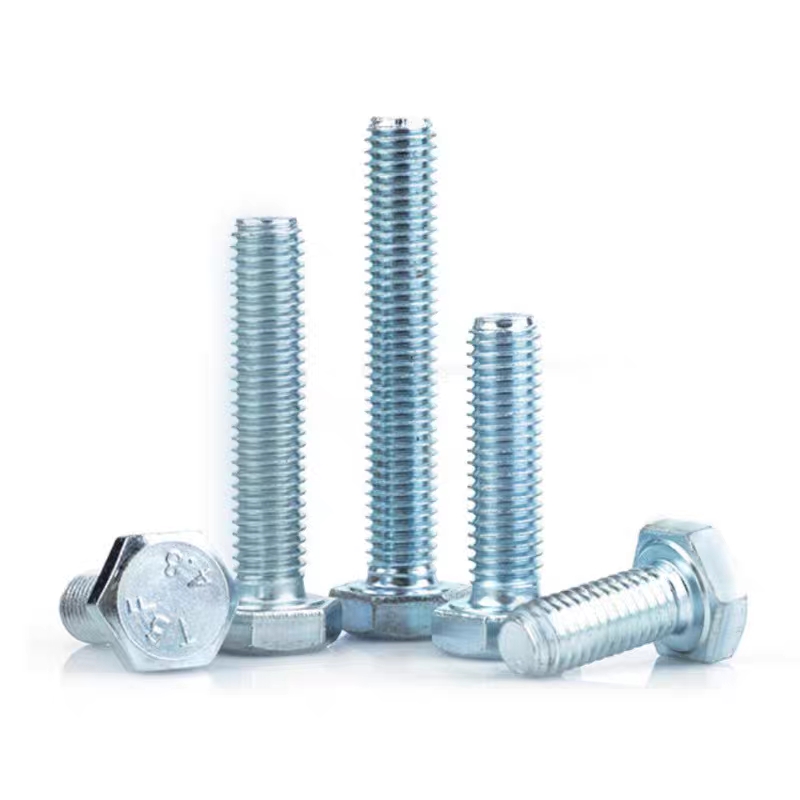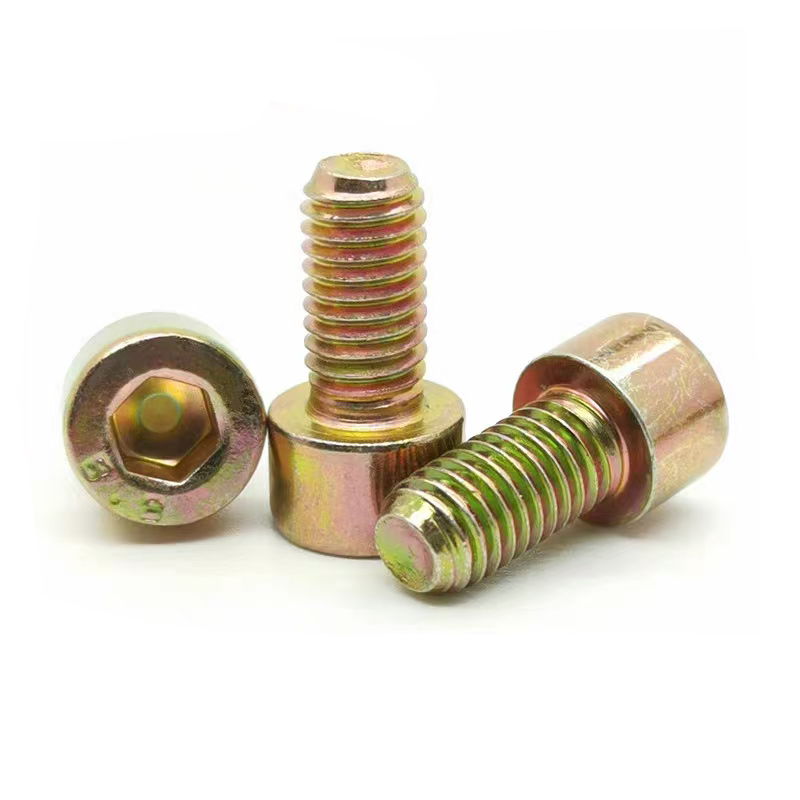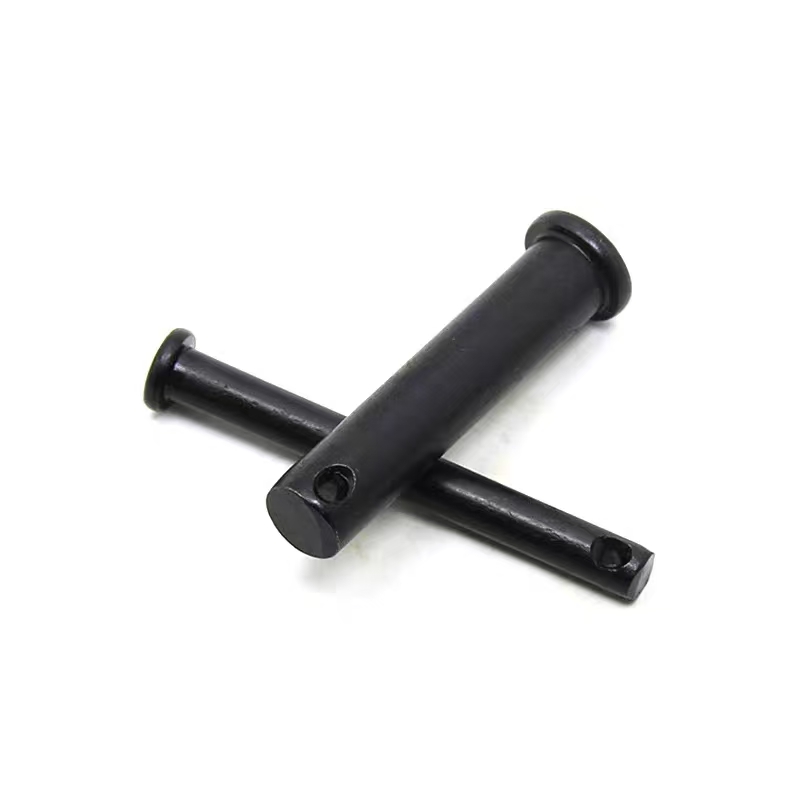- Chinese
- French
- German
- Portuguese
- Spanish
- Russian
- Japanese
- Korean
- Arabic
- Irish
- Greek
- Turkish
- Italian
- Danish
- Romanian
- Indonesian
- Czech
- Afrikaans
- Swedish
- Polish
- Basque
- Catalan
- Esperanto
- Hindi
- Lao
- Albanian
- Amharic
- Armenian
- Azerbaijani
- Belarusian
- Bengali
- Bosnian
- Bulgarian
- Cebuano
- Chichewa
- Corsican
- Croatian
- Dutch
- Estonian
- Filipino
- Finnish
- Frisian
- Galician
- Georgian
- Gujarati
- Haitian
- Hausa
- Hawaiian
- Hebrew
- Hmong
- Hungarian
- Icelandic
- Igbo
- Javanese
- Kannada
- Kazakh
- Khmer
- Kurdish
- Kyrgyz
- Latin
- Latvian
- Lithuanian
- Luxembou..
- Macedonian
- Malagasy
- Malay
- Malayalam
- Maltese
- Maori
- Marathi
- Mongolian
- Burmese
- Nepali
- Norwegian
- Pashto
- Persian
- Punjabi
- Serbian
- Sesotho
- Sinhala
- Slovak
- Slovenian
- Somali
- Samoan
- Scots Gaelic
- Shona
- Sindhi
- Sundanese
- Swahili
- Tajik
- Tamil
- Telugu
- Thai
- Ukrainian
- Urdu
- Uzbek
- Vietnamese
- Welsh
- Xhosa
- Yiddish
- Yoruba
- Zulu
- Kinyarwanda
- Tatar
- Oriya
- Turkmen
- Uyghur

Pin shaft
The Intricacies of Pin Shafts in Modern Engineering
When you think of precision in mechanical design, the pin shaft might not be the first element that jumps to mind. Yet, its function and reliability can make or break a system. This small but mighty component deserves a closer look for anyone serious about engineering.
Understanding the Basics of Pin Shafts
So, what's the big deal about pin shafts? They're often taken for granted in the world of mechanics, probably because they're just... there. But when they fail, you start to see the gaps. I've seen equipment stalls simply because of a pin that wasn’t up to the task. They act as dowel pins, hinge pins, or even axles, connecting and aligning components crucially.
I remember my early days in the field; we used to neglect the exact specs of pin shafts. Who would care if a pin is a fraction off, right? That was until a misaligned component threw off a whole assembly line. Lesson learned. The precision with which these are manufactured can save—or cost—hours in downtime.
Handan Zitai Fastener Manufacturing Co., Ltd., a company we frequently collaborate with, has top-notch pin shafts. Based in China's largest standard part production base, they’ve mastered the art of delivering reliable components. Check them out at their website if you get the chance.
Materials Matter
Choosing the right material for a pin shaft is critical. It's like the common saying in the office: If it ain't steel, it ain't real. I've seen aluminum pins warp where heat-treated steel ones held up just fine. So, why not always use steel? Cost and weight come into play.
It's a classic balancing act. You'd think you could just pick a material and run with it, but every application has its nuances. For lighter assemblies where corrosion is a risk, stainless steel might be the answer. However, when cost is a limiting factor, plain carbon steel with a good coating could work.
I remember the time we had to replace a whole set of alloy pins due to unexpected wear. Not fun, trust me. Since then, taking into account both the environment and the forces at play has become second nature.
The Role of Precision Manufacturing
Here’s where Handan Zitai Fastener Manufacturing Co., Ltd. really shines. Their factory in Hebei Province benefits from phenomenal transportation links, allowing for smooth logistics and timely delivery. But it’s their commitment to precision that's worth noting.
Tolerances, those tiny fractions of millimeters, can decide whether a part passes or fails. A pin shaft, in particular, needs exact manufacturing standards. Heads up, close enough isn't cutting it here. Once, a slightly oversized pin was forced into place, leading to a cracked housing. Never again.
Pin shafts are often a component in larger assemblies where misalignment is not an option. Alignment takes precision, and precision takes a manufacturer who knows what they're doing.
Installation: Not as Simple as It Seems
The devil is in the details, as they say. Don’t assume installation is just popping a pin in. Depending on the application, detailed installation protocols are a must. Oversized or undersized holes can lead to early failure.
We once had a scenario where every pin in a batch was installed with a hammer. Looking back, the horrors of micro-fractures from improper insertion are all too real. If a pin shaft is designed for press-fit, there’s probably a good reason.
Proper lubrication can't be ignored either. It prevents galling in high-stress environments. In a humid climate or a coastal area, I've seen untreated pins corrode faster than you can say replacement. There’s nothing like a bit of preventive care.
Real-World Applications and Adaptability
We've used pin shafts in everything from automotive applications to complex industrial machinery. The variety reflects the adaptability of these components. But be wary; not all are made equal. In a high-heat setup, you’d want a pin shaft that's undergone specific treatments to handle thermal expansion.
Take construction equipment, for example. It’s hard to overlook how vital these little guys are in the heavy-duty sector. Getting the wrong pin can lead to machinery failure and costly downtime—a painful mistake we've avoided ever since updating our selection criteria.
Overall, the more you know about where and how a pin shaft will be used, the better your choices will be. This isn’t just 'plug and play'; understanding the scope of application is everything. So, the next time you're selecting a pin shaft, consider all these factors. It could be the difference between success and an unexpected headache.
Related products
Related products
Best selling products
Best selling products-
 Welded plate anchor (welded plate anchor bolt)
Welded plate anchor (welded plate anchor bolt) -
 Colored zinc-plated gaskets
Colored zinc-plated gaskets -
 Colored zinc flange bolts
Colored zinc flange bolts -
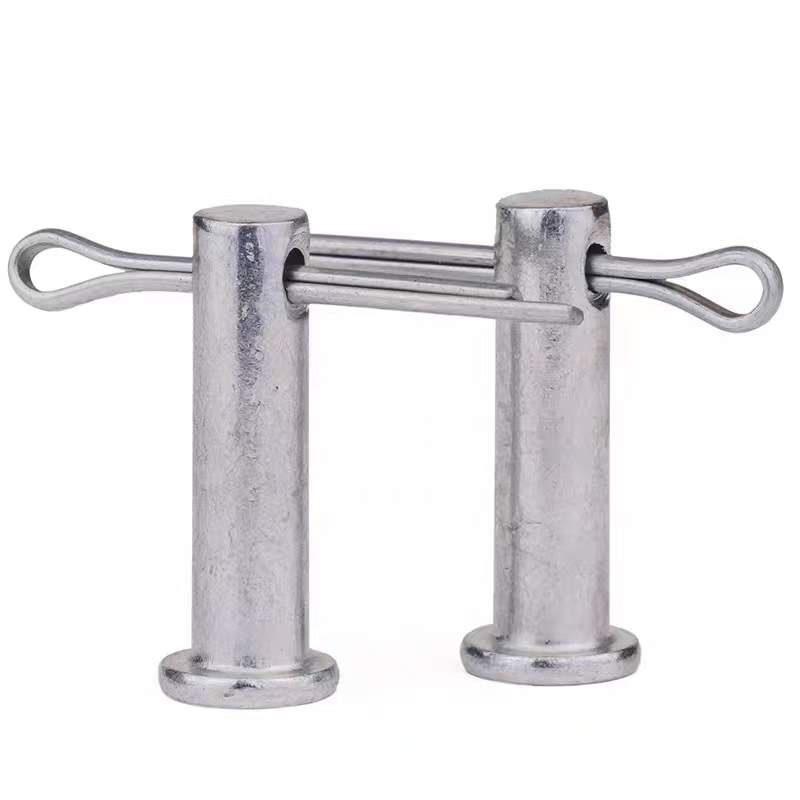 Electrogalvanized pins
Electrogalvanized pins -
 Colored zinc-plated nuts
Colored zinc-plated nuts -
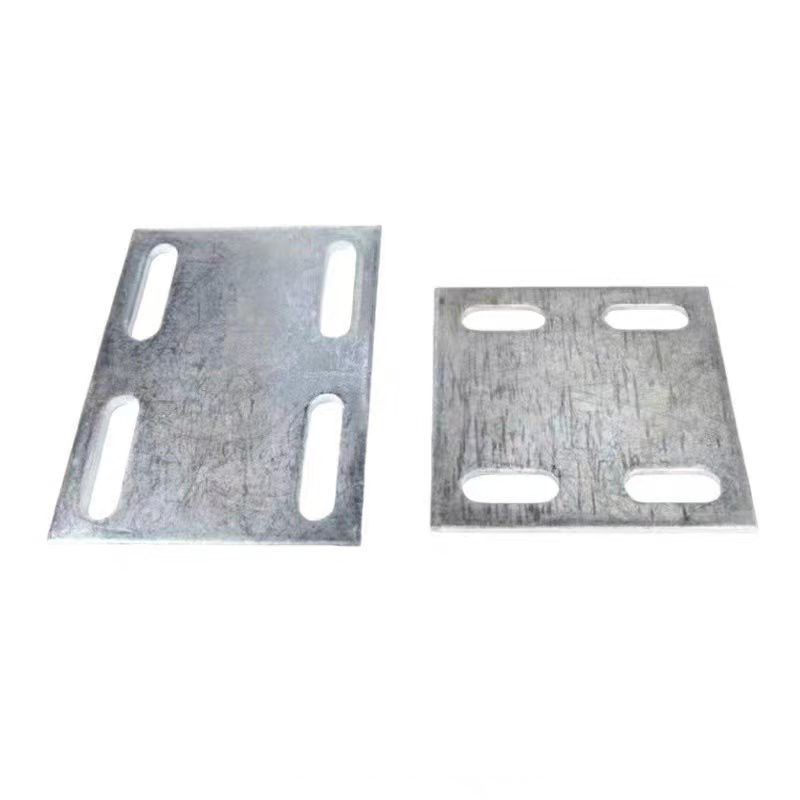 Electrogalvanized embedded plate
Electrogalvanized embedded plate -
 Electrogalvanized hinge bolts
Electrogalvanized hinge bolts -
 Hot-dip galvanized chemical bolts
Hot-dip galvanized chemical bolts -
 Electrogalvanized chemical bolts
Electrogalvanized chemical bolts -
 Electroplated zinc flange bolts
Electroplated zinc flange bolts -
 Black zinc plated hinge bolts
Black zinc plated hinge bolts -
 Colored galvanized hexagonal drill tail wire
Colored galvanized hexagonal drill tail wire


